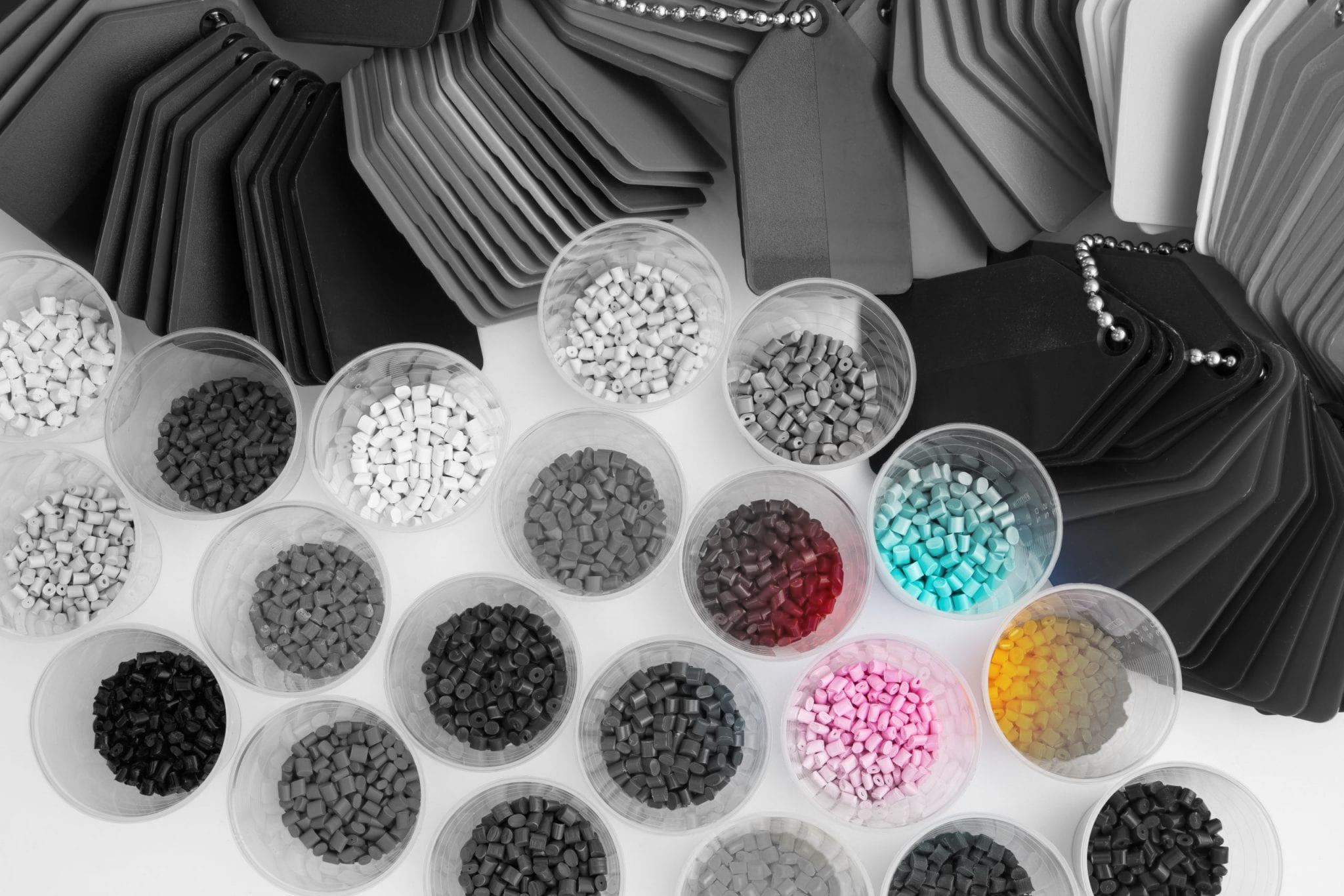Flexible response to the market: shorter changeover times via SMED
These times require the ability to quickly convert production lines. The customer is asking for an ever-increasing product mix in small volumes. Just think of the trend sensitivity of colors in all kinds of plastic products. To meet this demand, it is important to be able to change a production process quickly, without compromising quality or quantity. The SMED (Single-Minute Exchange of Die) method from Japan leads to drastically shortened changeover times. Toyota shortened changeover times from hours to minutes in this way.
Implementation of SMED realizes shorter changeover times. With the help of Maes Insights you can apply SMED to your business operations. SMED follows a number of concrete steps to study, analyze and simplify changeover times and make them less sensitive to complications. Our specialists know the practicalities of the plastics processing industry, which means they are able to effectively shape these steps in the plastics processing process.
We follow a clear approach. One of our specialists makes a diagnosis of the changeover on the work floor. We pay particular attention to the sequence of the various activities. We visualize this, including the duration, in a flowchart. Then we analyze which activities can be carried out in advance, at the same time or afterwards. Activities that can only be carried out during the changeover itself are simplified and coordinated as far as possible. In consultation with the shop floor, this leads to a streamlined procedure that is laid down in a protocol. The standardized execution of the work ultimately saves the most time. See the pit stop in Formula 1!
SMED provides:
- to work more efficiently;
- shorter changeover times;
- delivery reliability;
- higher OEE;
- to respond flexibly to the market.


